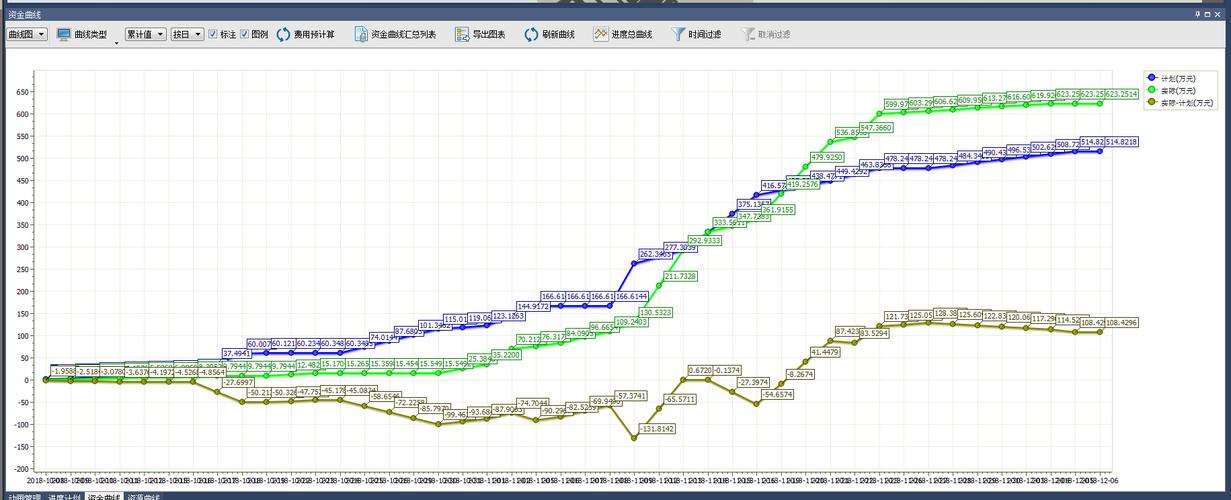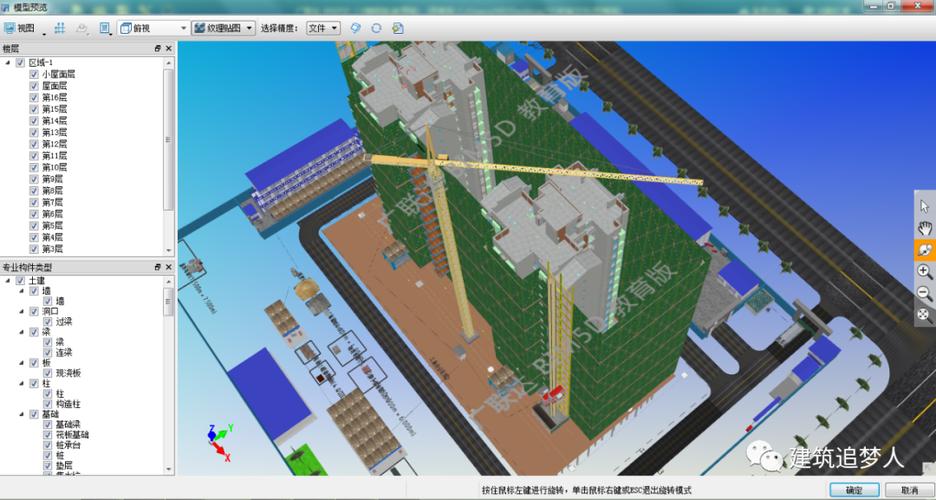
下载app免费领取会员


Building Information Modeling (BIM) is a process that involves the creation and management of digital representations of physical and functional characteristics of a building or infrastructure. BIM enables the integration of 3D modeling, data-rich components, and collaborative platforms to enhance the entire lifecycle of a project. One of the key benefits of BIM is its ability to provide 5D functionalities, which include cost estimation, project scheduling, and resource management. This article will discuss in detail the functions of BIM5D and its significance in the construction industry.
The first function of BIM5D is cost estimation. BIM allows project teams to accurately estimate the cost of a building or infrastructure throughout its lifecycle. By incorporating a database of material costs, labor rates, and other relevant factors, BIM can generate real-time cost estimates that account for changes in design and construction. This helps project stakeholders make informed decisions, avoid budget overruns, and improve cost control.
Another important function of BIM5D is project scheduling. BIM enables the creation of a virtual construction timeline that includes all activities, dependencies, and durations. By linking the 3D model with the project schedule, BIM can visually represent the construction sequence and identify potential clashes or delays. This helps project teams optimize the schedule, improve coordination, and reduce the risk of project delays.
Resource management is also a crucial function of BIM5D. BIM allows project teams to track and manage resources such as materials, equipment, and labor. By associating each resource with its specific location and quantity, BIM enables real-time monitoring and identification of any resource constraints or conflicts. This helps project teams optimize resource allocation, improve productivity, and reduce waste.
In addition to cost estimation, project scheduling, and resource management, BIM5D also enables clash detection and risk analysis. BIM can simulate the construction process and identify potential clashes between different building systems or components. By detecting clashes early on, project teams can address design conflicts before the construction phase, which saves time and minimizes rework. Furthermore, BIM can analyze and visualize project risks such as safety hazards, environmental impacts, and regulatory compliance. This helps project teams mitigate risks, improve safety, and ensure regulatory compliance.
Overall, the functions of BIM5D provide significant advantages to the construction industry. By integrating cost estimation, project scheduling, resource management, clash detection, and risk analysis, BIM enhances project efficiency, reduces costs, and improves collaboration. BIM enables project stakeholders to make informed decisions, optimize resource allocation, and minimize project risks. As the construction industry continues to embrace digital technologies, the adoption of BIM5D will become increasingly important in achieving successful project outcomes.
.jpg)
本文版权归腿腿教学网及原创作者所有,未经授权,谢绝转载。

推荐专题
























































